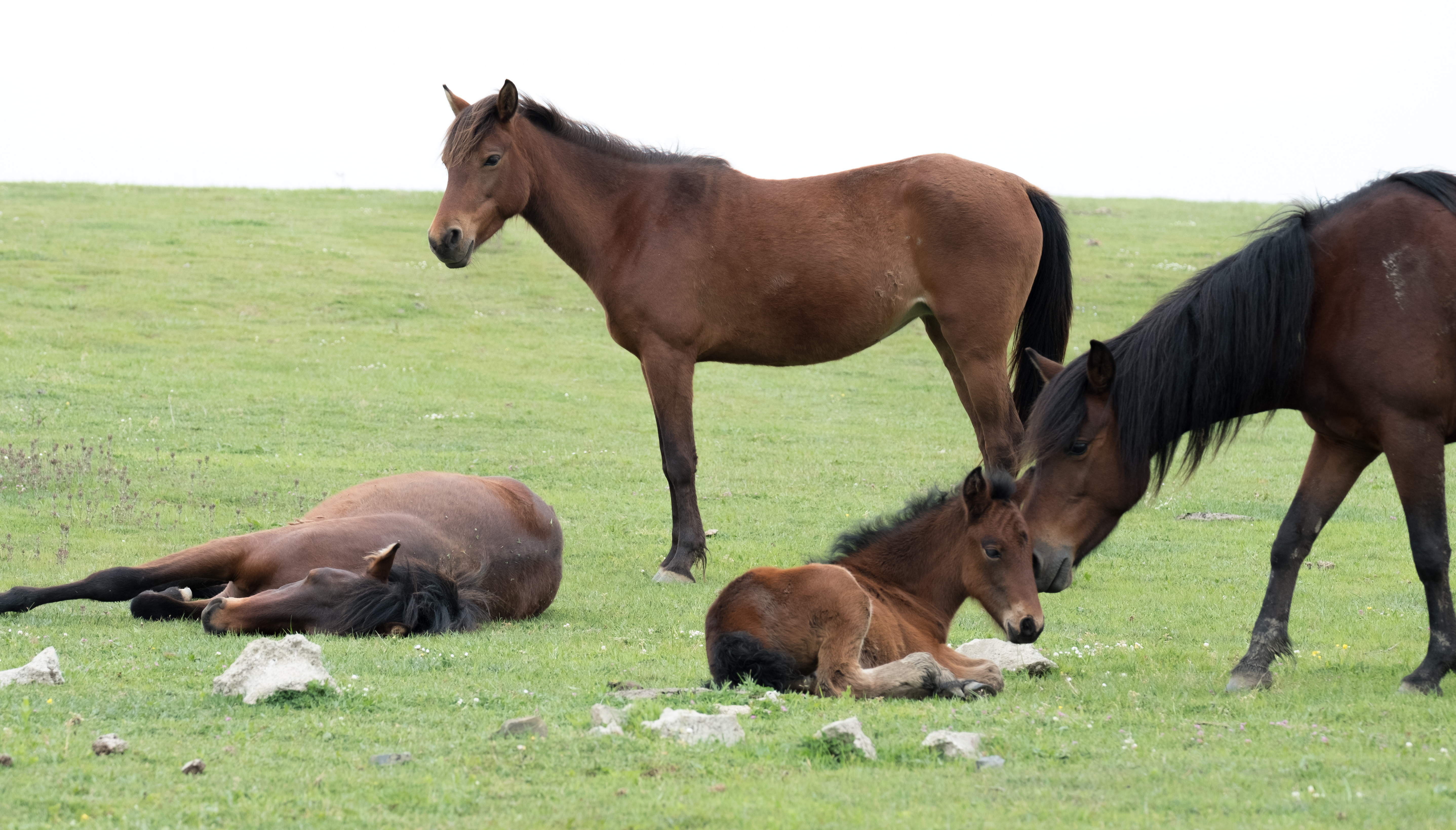
The “goodness of fit” between parent(s) and child is perhaps one of the most vital aspects of successfully raising a child, particularly a child considered temperamentally difficult. Temperament, derived from the word temper and often associated with an angry state of mind, refers more accurately to “patterns of attention, behavior, and emotion that are present during the initials months of life” appearing in a variety of situations and persisting through time (Hinshaw, 2010). Critically important is the way parents read, interact with and help regulate their child’s emotions and behavior. Conversely, the attachment or bond between parents and child can be greatly affected by temperament.
Temperament appears to be a “hardwiring” that affects many tendencies for how an individual relates to the world. Some babies (and later children and adults) are considered to be “temperamental,” inferring difficult, while other babies are considered easy. Emotional intensity and adaptability seem to be key indicators. Nine core temperamental descriptions, measurable in the first year of life, exist in the classic model: 1) Activity level; 2) Regularity; 3) Distractibility; 4) Initial reaction (approach vs. withdrawal); 5) Adaptability; 6) Persistence; 7) Intensity of reaction (positive or negative); 8) Sensitivity (to touch, sight or sound); and 9) Quality of mood (predominantly positive or negative) (Hinshaw, 2010).
Another six core aspects of temperament have been proposed by Mary Rothbard, University of Oregon. 1) Fearful distress; 2) Irritable distress; 3) Attention span; 4) Activity level; 5) Positive affect; and 6) Regularity of rhythm (Hinshaw, 2010). Other temperament researchers may use their own checklists to define a difficult or easy temperament. Regardless of the finer points of the terminology, there are similarities and consistencies across researchers in how they define temperament.
Different temperaments seen throughout the population are believed to be an adaptive occurrence in evolution. Evolution relies on diversity shaped by mutation, therefore certain traits and their mutations must have been advantageous in our development as a species. Having a variety of temperaments, highly sociable vs. more reflective or more active vs. quieter individuals could have helped ensure our survival (Hinshaw, 2010).







